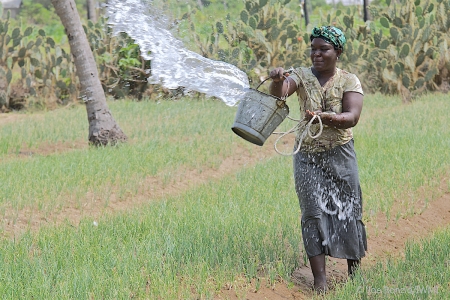This blog is based on a presentation made at the GCARD 3 Global Event
Research in agriculture seeks to generate new approaches or technologies that can be used to make a difference in farmers’ lives, and for the broader society. Well-designed technologies can have major positive impacts, as well as providing evidence that investments in agricultural technology development pay off.
But translating research-derived technologies into impact on the ground can be a challenge. Especially when technologies come from on-station trials or small pilot areas, it is often unclear how they will perform under ‘real-world’ farm conditions.
Forecasting the performance of a technology requires consideration of site-specific conditions at the target area and in the target population, which may differ substantially from those at the place/s where the technology has been tested. But since it is impossible to test-drive innovations in all environments, we have to find alternative ways to forecast their performance.
A good first step in this direction is extensive interaction with local informants and experts on local systems, whose insights can be invaluable for anticipating potential adoption problems. In this interaction, it is important to seriously consider all factors that are brought up, even when these are unexpected or difficult to quantify. This is because technology adoption and performance can be limited for a host of reasons, including biophysical, socioeconomic, and cultural factors.
The adoption process is critical for dissemination of new technologies, and careful planning for impact is needed. Many adoption problems can be avoided by asking early in the technology development process how exactly adoption will happen and what can be done to strengthen it.
For a greater chance of success we must carefully plan for impact. As we start working on a new idea, we can already begin to work out the uncertainties and adoption bottlenecks and take action to prepare the ground for the new technology before it is ready for dissemination. Based on what we find, it might even be necessary to adapt the technology based on realities on the ground.
This piece first appeared on the World Agroforestry Center Blog, read the rest of the post here







/index.jpg?itok=EzuBHOXY&c=feafd7f5ab7d60c363652d23929d0aee)








